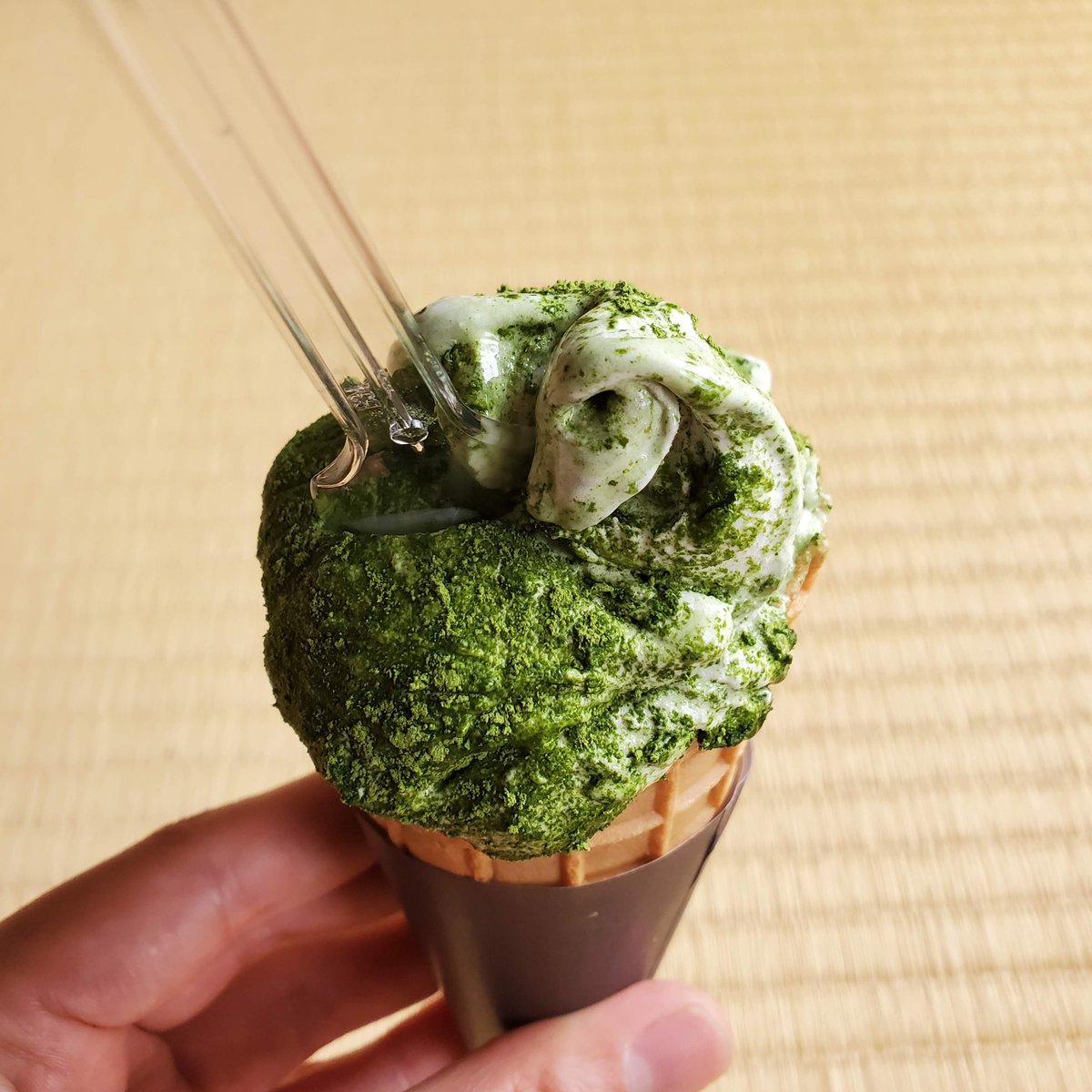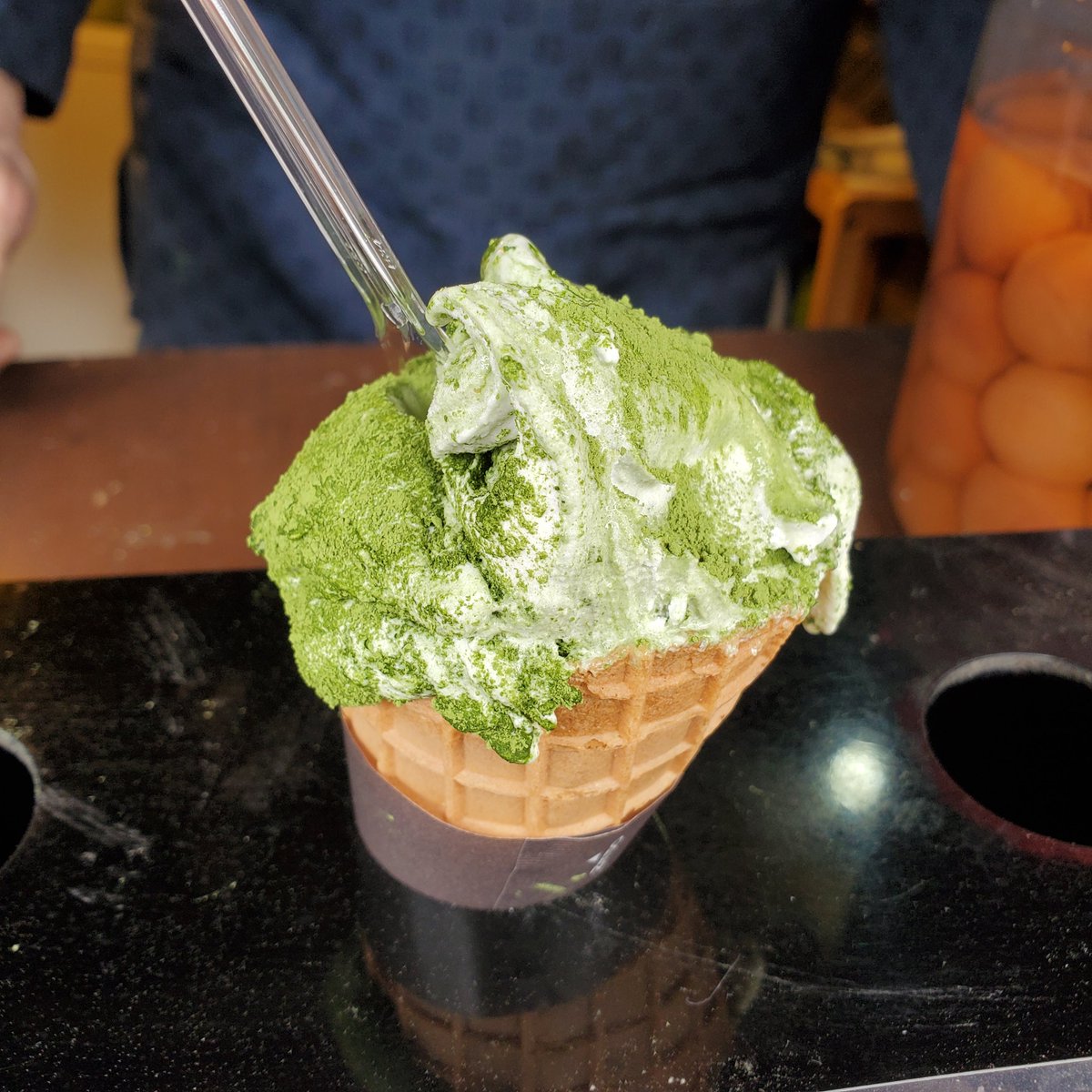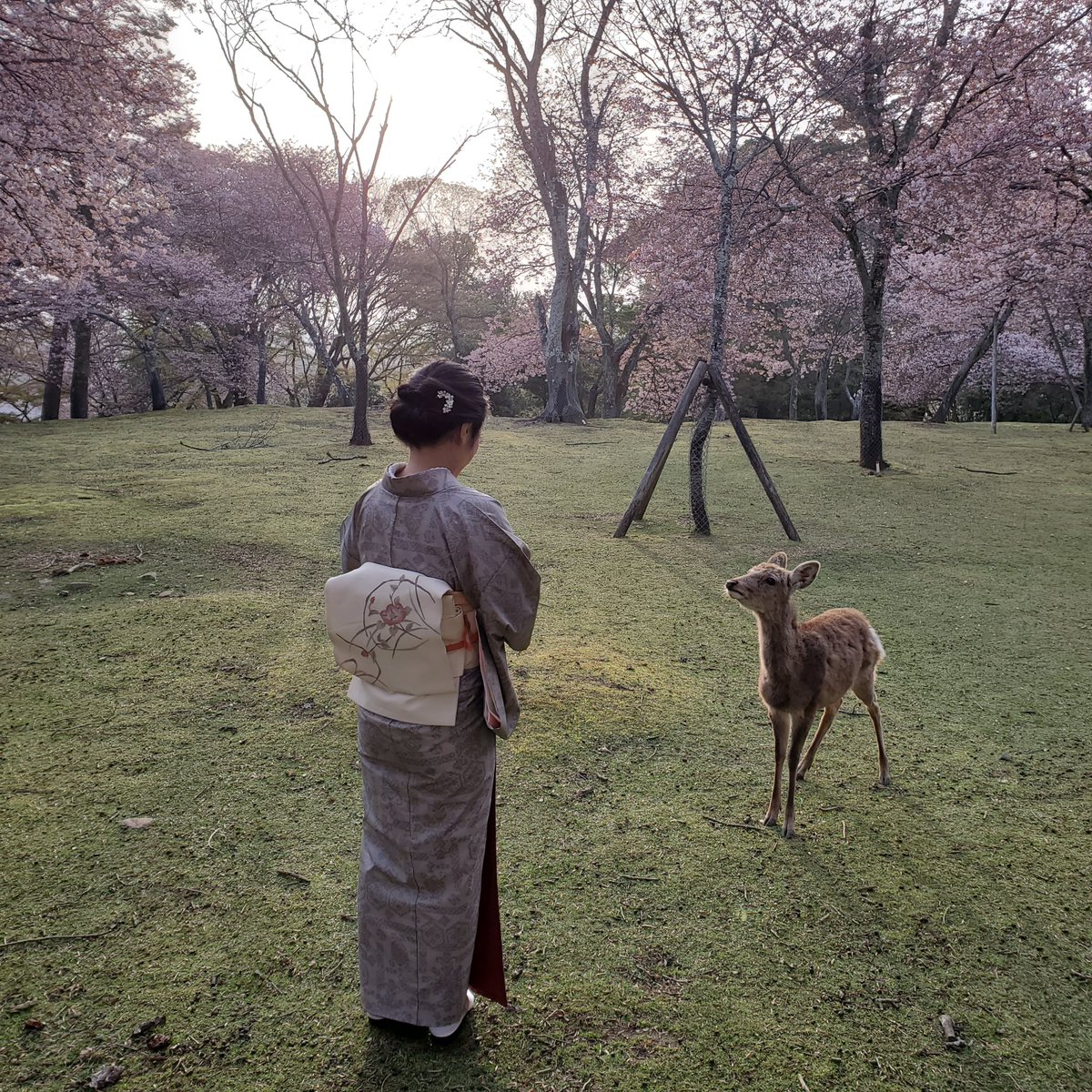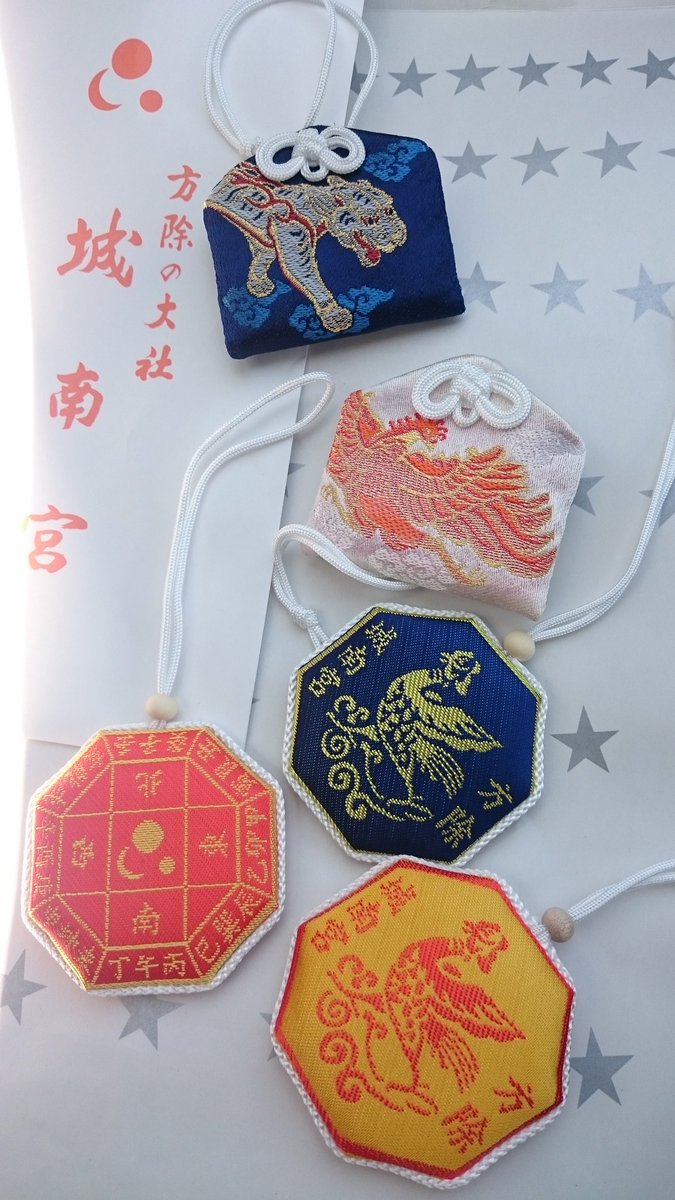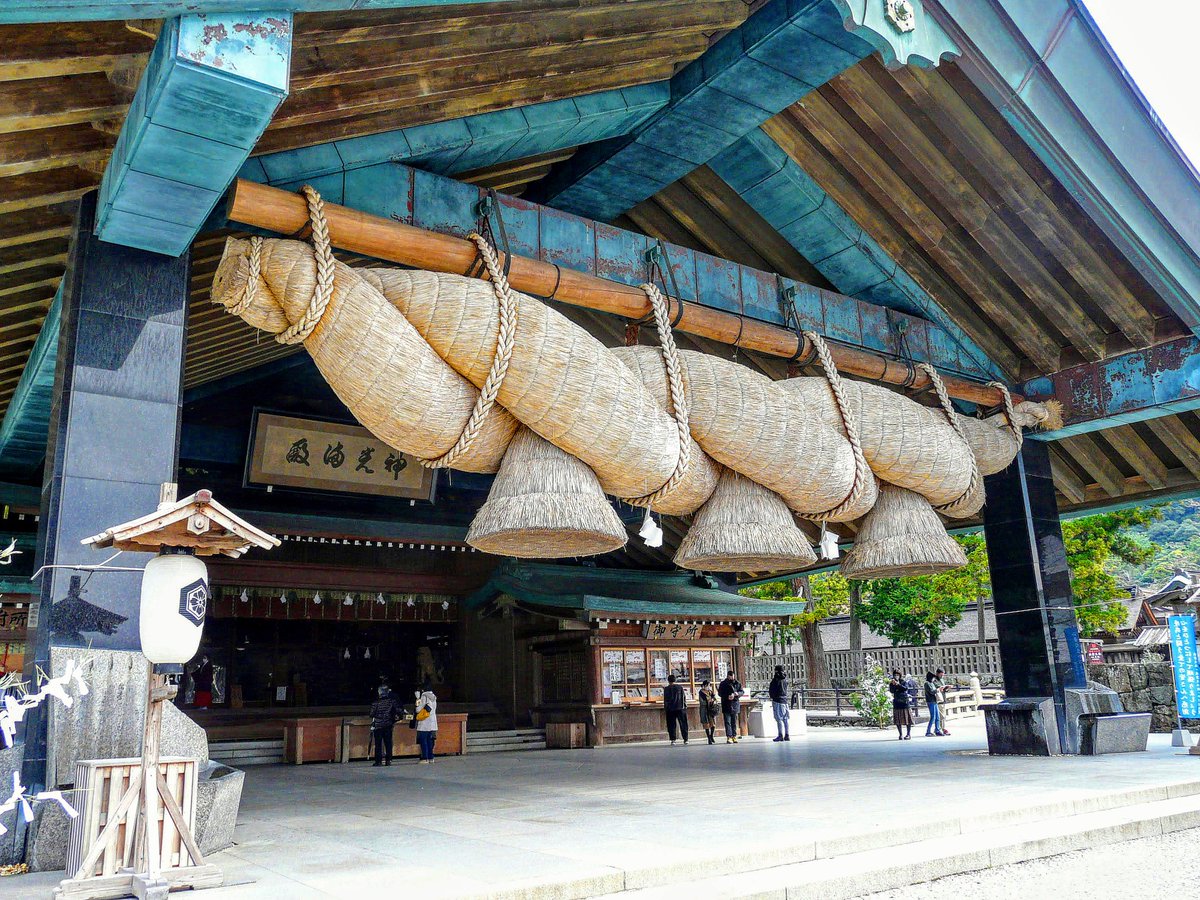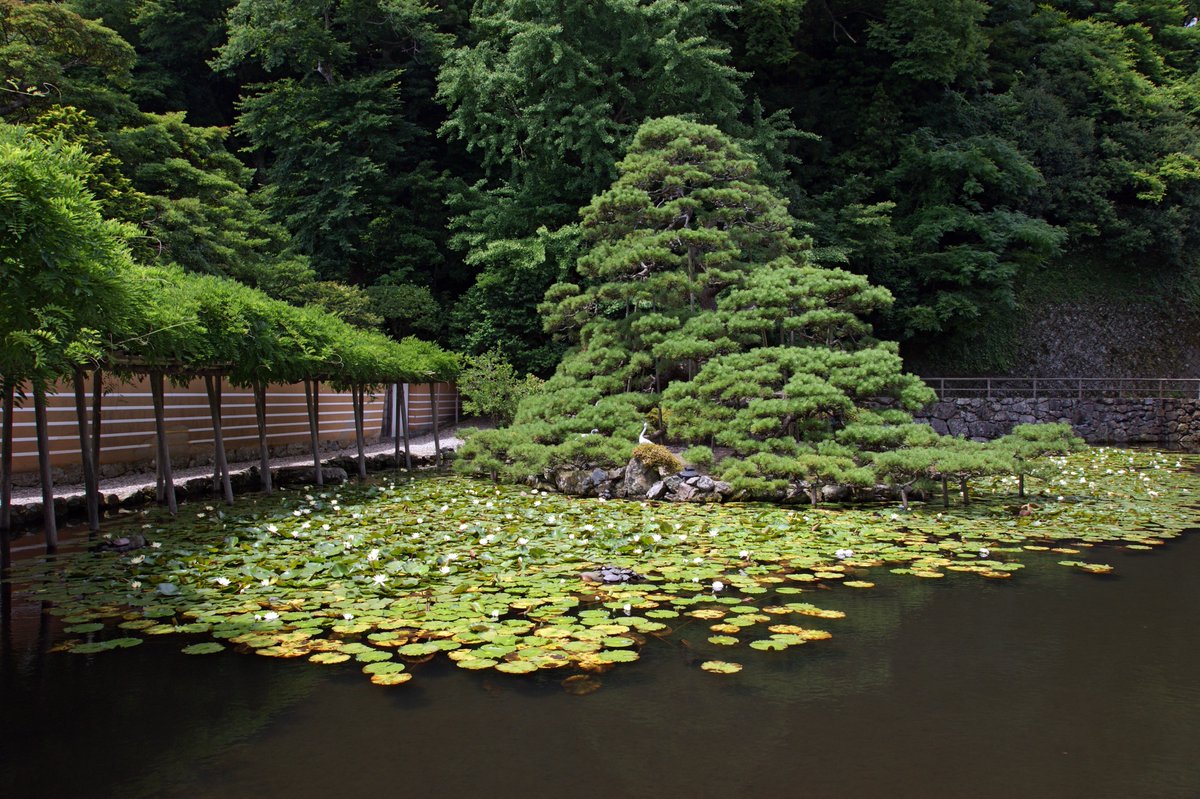The weather is warm and the baby ume are plumping up nicely...so thoughts naturally turn to refreshing 'ao-ume' (青梅 'unripe plums')🙌
Kameya Yoshinaga's (亀屋良長) vibrant 🍑-like version contain a delicious ume jelly within.
#和菓子 #Kyoto #京都 #青梅 #wagashi #ume #plum



Kameya Yoshinaga's (亀屋良長) vibrant 🍑-like version contain a delicious ume jelly within.
#和菓子 #Kyoto #京都 #青梅 #wagashi #ume #plum
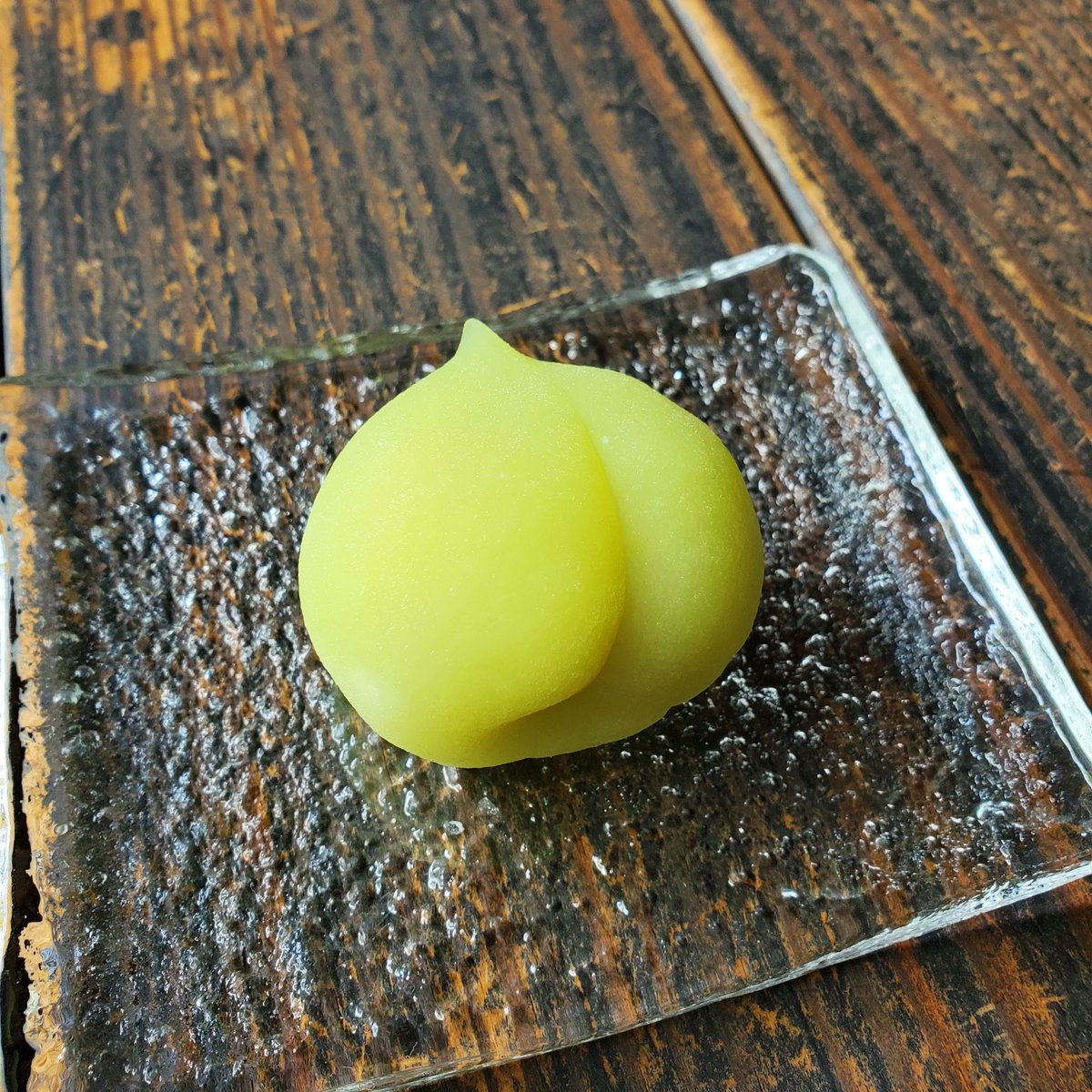
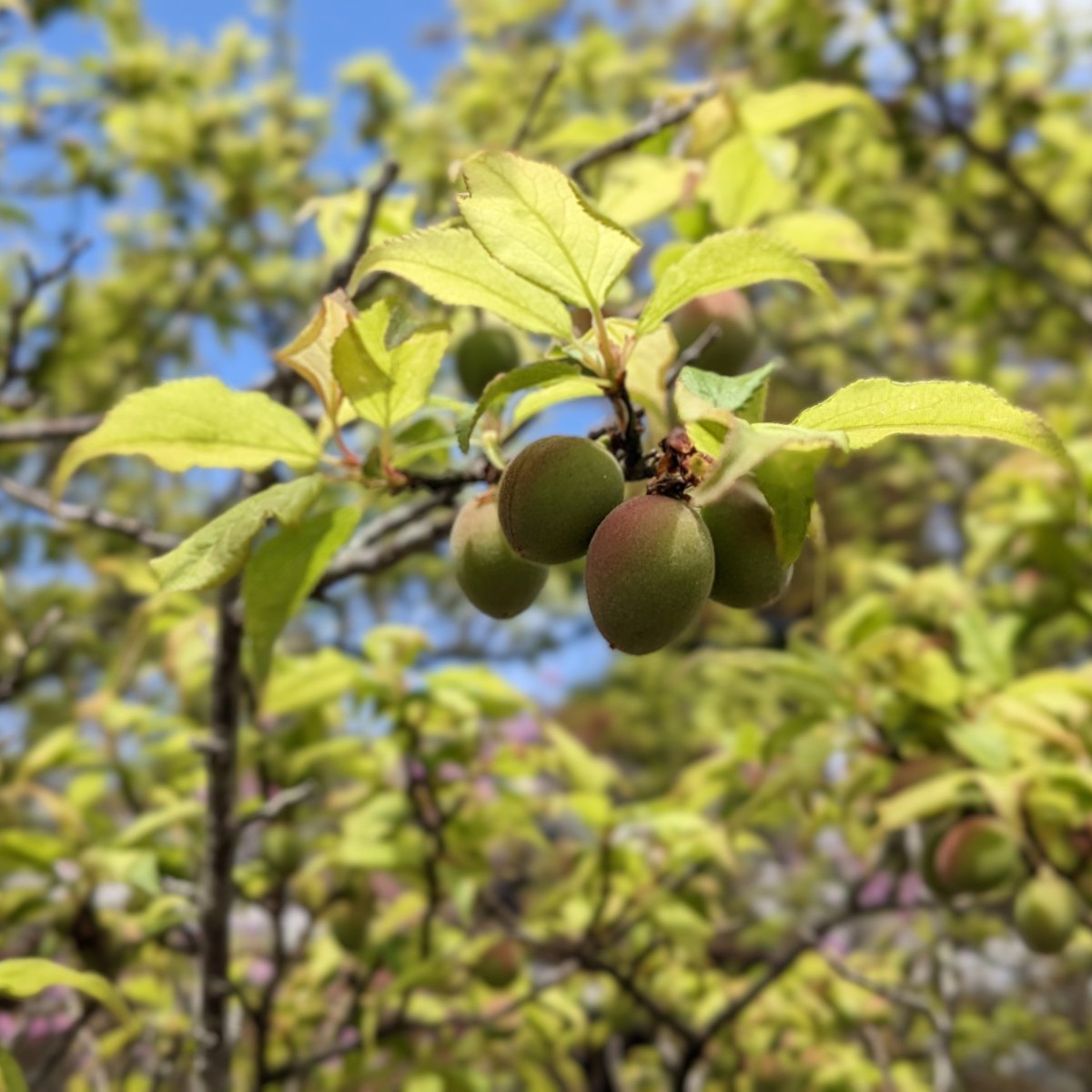
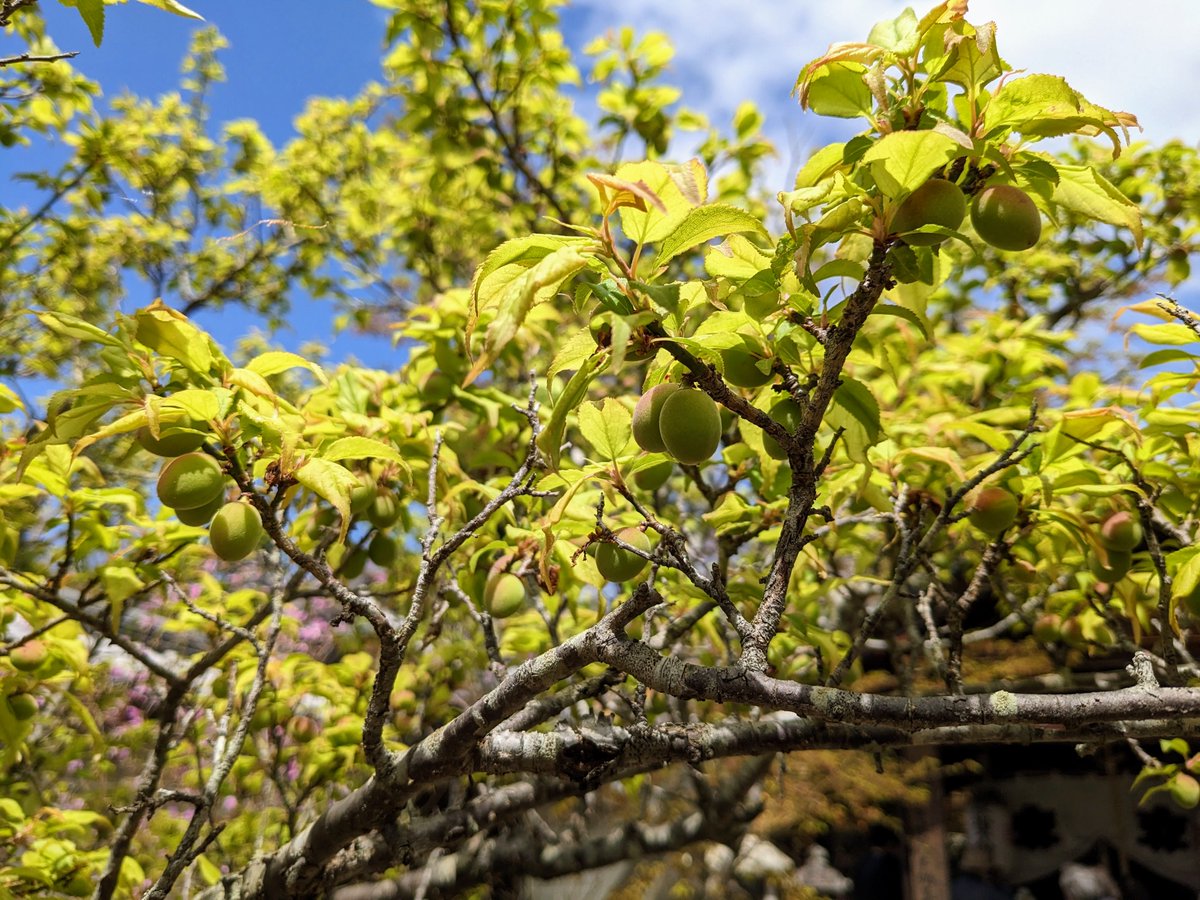

For those who can't wait for the fruit to mature, juicy looking 'aoume' (青梅) offer a nice, sweet alternative.
@shioyoshiken's (塩芳軒) annual offering...
#wagashi #和菓子 #Kyoto #京都 #青梅 #ume #plum



@shioyoshiken's (塩芳軒) annual offering...
#wagashi #和菓子 #Kyoto #京都 #青梅 #ume #plum

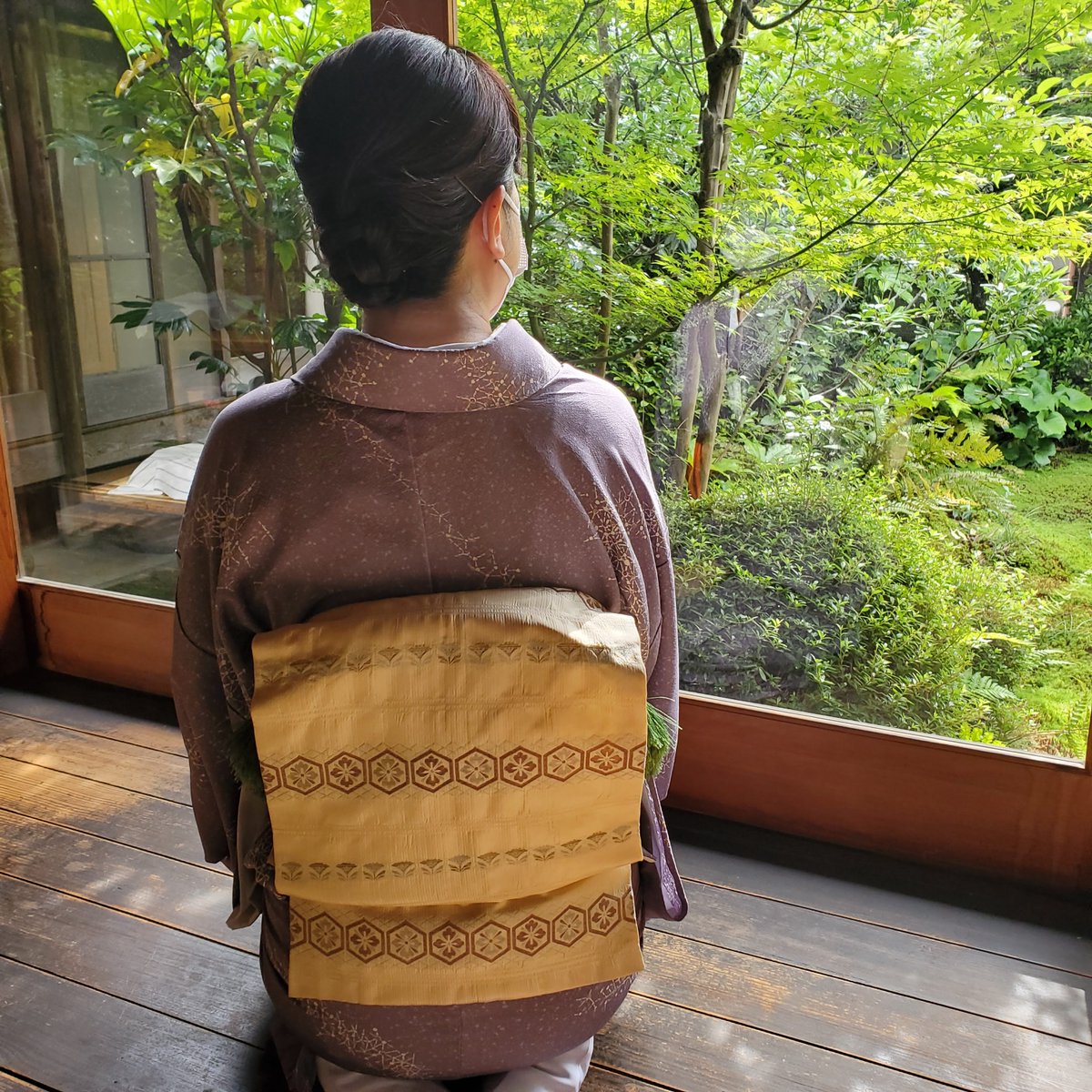


One sweet I was very sad to miss out on this year was @o_itotatsu's 'Kyōto-carrot' (京にんじん), created to celebrate the 'year of the rabbit'.
Hopefully he'll be inspired by more local vegetables in the future🙏😉
Photo thanks🙇♂️-itotatsu.com
#itotatsu #Kyoto #京都



Hopefully he'll be inspired by more local vegetables in the future🙏😉
Photo thanks🙇♂️-itotatsu.com
#itotatsu #Kyoto #京都




• • •
Missing some Tweet in this thread? You can try to
force a refresh

 Read on Twitter
Read on Twitter

